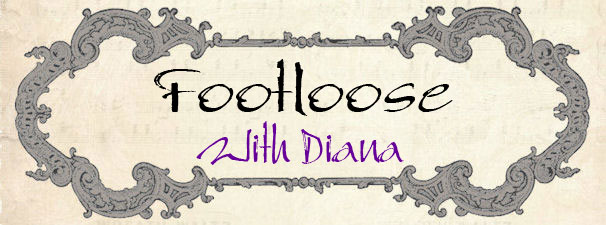En route to Gaziantep, we passed a couple of Syrian refugee camps. I had to take these photos through the window of a moving bus because photos aren't really permitted (and the dam, as you can see, is quite close to one - a lot of governments aren't crazy about people photographing dams). As you can see, they are quite well organized, and as I mentioned in an earlier post, well supplied with mosques, schools, medical centers, shops, etc.
In this one, refugees are housed in old shipping containers, outfitted with air conditioning since the summers here are pretty brutal:
Gaziantep has about one and a half million people, but few outside of Turkey will have heard of it, I think. Like Şanlıurfa, since 1921, the city has had a prefix added to its traditional name, which is Antep, or Ayintab; "ghazi" means "wounded" and the two together mean something like "Antep the war hero," to commemorate those injured in the French siege of the city in the Franco-Turkish War, part of the Turkish War of Independence. An ancient city, it's been ruled over time by Hittites, Akkadians, Babylonians, Persians, Macedonians, Parthians, Romans, Byzantines, Armenians, and Arabs, just to name a few, so it has a rich culture, interesting people and amazing food!
It's hard to know where to start, but since I'm an architecture buff, I'll lead off with the buildings. This is the old citadel, under restoration at present, so we were unable to visit, only to admire from below:
The 1557 Tahtali Mosque:
In this one, refugees are housed in old shipping containers, outfitted with air conditioning since the summers here are pretty brutal:
Gaziantep has about one and a half million people, but few outside of Turkey will have heard of it, I think. Like Şanlıurfa, since 1921, the city has had a prefix added to its traditional name, which is Antep, or Ayintab; "ghazi" means "wounded" and the two together mean something like "Antep the war hero," to commemorate those injured in the French siege of the city in the Franco-Turkish War, part of the Turkish War of Independence. An ancient city, it's been ruled over time by Hittites, Akkadians, Babylonians, Persians, Macedonians, Parthians, Romans, Byzantines, Armenians, and Arabs, just to name a few, so it has a rich culture, interesting people and amazing food!
It's hard to know where to start, but since I'm an architecture buff, I'll lead off with the buildings. This is the old citadel, under restoration at present, so we were unable to visit, only to admire from below:
The 1557 Tahtali Mosque:
The Andalusian-style minaret of the 1211 Boyacı Mosque:
Another mosque presently under restoration; I was thwarted by construction fences, so pardon the worse-than-usual quality of the photo:
An old hamam, or public bath:
And an assortment of other attractive buildings and building details around town:
Of course, all that walking around makes a body peckish, so we had lunch in a terrific old 2nd-generation restaurant called Imam Chagdash that's known far and wide for its exceptional baklava:

.JPG)


















No comments:
Post a Comment